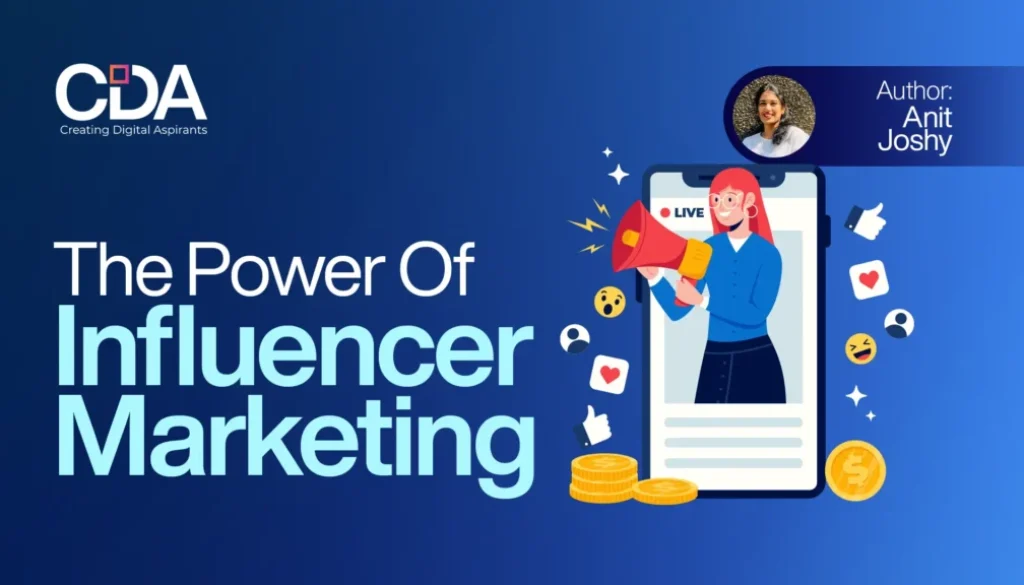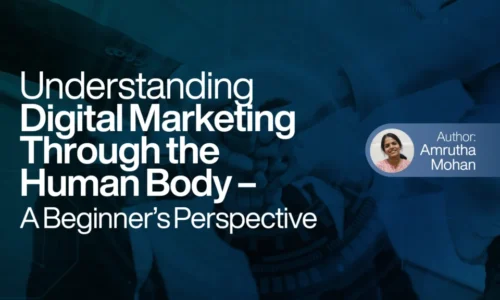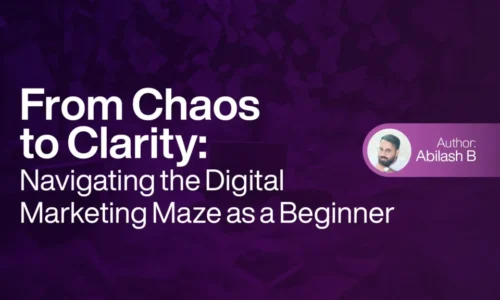The Power Of Influencer Marketing
You’re scrolling through your favorite social media app when a familiar voice says, “Hey guys! Welcome back to my channel.” Your thumb pauses mid-swipe as you’re drawn into another captivating video from your favorite influencer. As soon as you see the link in their bio, you’re eager to learn more about the product they’re talking about.
Does this sound familiar? It’s not just you. The undeniable power of influencer marketing is demonstrated millions of times every day worldwide. In a world where traditional advertising often falls on deaf ears, these digital trendsetters have mastered the art of turning casual viewers into loyal customers with just a few well-chosen words and a strategically placed swipe-up link.
How can brands leverage the potential of influencer marketing? What makes influencer marketing so effective? Discover the secrets behind hashtags, unboxing videos, and “link in bio” to discover the marketing phenomenon that’s revolutionizing our lives.
Table of Contents

Definition and Impact of Influencer Marketing
Influencer marketing is a strategy where brands partner with popular social media personalities to promote their products or services. It’s like word-of-mouth marketing for the digital age. This approach is powerful because people tend to trust recommendations from individuals they admire or relate to.
More and more people are making purchasing decisions based on influencer recommendations. Brands are seeing higher engagement rates and better returns on their marketing investments compared to traditional advertising.
As social media continues to shape how we interact and shop, influencer marketing is becoming an essential tool for brands looking to connect with consumers in a meaningful way. It’s not just about selling products – it’s about building relationships and trust in an increasingly digital world.
Types of influencers
In the world of influencer marketing, not all influencers are created equal. The landscape is diverse, with different types of influencers offering unique benefits to brands. Understanding these distinctions is crucial for harnessing the true power of influencer marketing.
- Macro-influencers
- Micro-influencers
- Nano-influencers
Macro-influencers are often celebrities or well-known personalities, who boast massive followings in the hundreds of thousands or millions. They offer reach, making them ideal for broad brand awareness campaigns.Their high fees may not suit every marketing budget.
Micro-influencers typically with followers in the thousands to tens of thousands, are the sweet spot for many brands. They often have highly engaged, niche audiences, making them perfect for targeted campaigns. Their content tends to feel more authentic and relatable, fostering trust with their followers. This makes micro-influencers particularly effective for driving conversions and building brand loyalty.
Nano-influencers with smaller followers but highly dedicated followings, are the rising stars of influencer marketing. They excel in specific niches and often have the highest engagement rates. Nano-influencers are ideal for local campaigns or reaching very specific audience segments. Their affordability make them attractive to brands looking to build grassroots support.
Choosing the right type of influencer depends on your marketing goals. For a product launch seeking maximum visibility, a macro-influencer might be the way to go. For building credibility in a specific industry, a micro-influencer could be more effective. And for hyper-local campaigns or testing new markets, nano-influencers can provide valuable insights and engagement.
The power of influencer marketing lies in this flexibility. By understanding and leveraging the strengths of each influencer type.

Benefits for brands
Influencer marketing offers brands a powerful way to amplify their message and connect with consumers. By partnering with social media personalities, companies can significantly boost their reach and brand awareness. Influencers, with their established followings, act as bridges between brands and potential customers, introducing products and services to audiences that might otherwise be difficult to access through traditional marketing channels.
One of the most valuable aspects of influencer collaborations is the creation of authentic content. When they integrate brand messages into their content, it feels more natural and less like overt advertising. This authenticity resonates with audiences, leading to higher engagement rates and a more positive brand perception.
Perhaps the most significant advantage of influencer marketing is the access to targeted audiences. Influencers often have niche followings that align closely with specific brand demographics. This precision targeting allows companies to reach the exact consumer groups they’re after, maximizing the efficiency of their marketing efforts.

Platform-specific strategies
In terms of influencer marketing, Instagram and YouTube dominate the landscape. Each offers unique opportunities for brands to connect with audiences.
On Instagram, Influencers leverage eye-catching images and short-form videos to showcase products in action, often using features like Stories and Reels to provide behind-the-scenes glimpses or quick tutorials.
YouTube, on the other hand, excels in long-form content. Here, influencers can dive deep into product reviews, comparisons, and how-to guides. The platform’s search-friendly nature means content has a longer shelf life, continuing to drive traffic and engagement long after initial posting. Collaborations, such as unboxing videos or day-in-the-life vlogs, allow for natural product integration that feels authentic to viewers.
Tailoring content to each platform’s audience is crucial for success. Instagram users often seek aspirational and aesthetically pleasing content, responding well to lifestyle-focused posts that seamlessly incorporate products. YouTube viewers typically look for more detailed information and are willing to invest time in longer videos, making it ideal for in-depth product demonstrations or educational content.
Measuring Success and ROI
Measuring the success and ROI of influencer marketing campaigns is crucial for brands to understand the true power of their efforts. Key performance indicators (KPIs) serve as the compass, guiding marketers through the sea of data to determine what’s working and what isn’t.
Engagement rates often take center stage in the KPI lineup. They reveal how well an influencer’s audience is responding to sponsored content. Likes, comments, shares, and saves are the digital applause that brands listen for. A high engagement rate suggests that the influencer’s voice resonates with their followers.
Beyond engagement, brands track follower growth, website traffic, and conversions. These metrics paint a picture of the customer journey, from discovery to purchase. A spike in website visits during a campaign or an uptick in sales of a featured product can be telltale signs of influencer impact.
Tools and methods for analyzing campaign performance have evolved to match the sophistication of influencer marketing itself. Social media platforms offer native analytics, providing a baseline for performance tracking. More advanced tools dive deeper, offering sentiment analysis and audience demographics

Conclusion
As we wrap up our journey through the world of influencer marketing, one thing is clear: this powerful strategy isn’t just a passing trend, it’s reshaping the marketing landscape. From building authentic connections to driving real results, influencer partnerships offer a unique blend of creativity and impact. Whether you’re a brand looking to expand your reach or a marketer aiming to stay ahead of the curve, embracing influencer marketing could be your ticket to standing out in today’s crowded digital space. So, why not take that first step? Your next big marketing win might just be a collaboration away. Remember, in the realm of influencer marketing, it’s not just about reaching an audience but it’s about resonating with them



